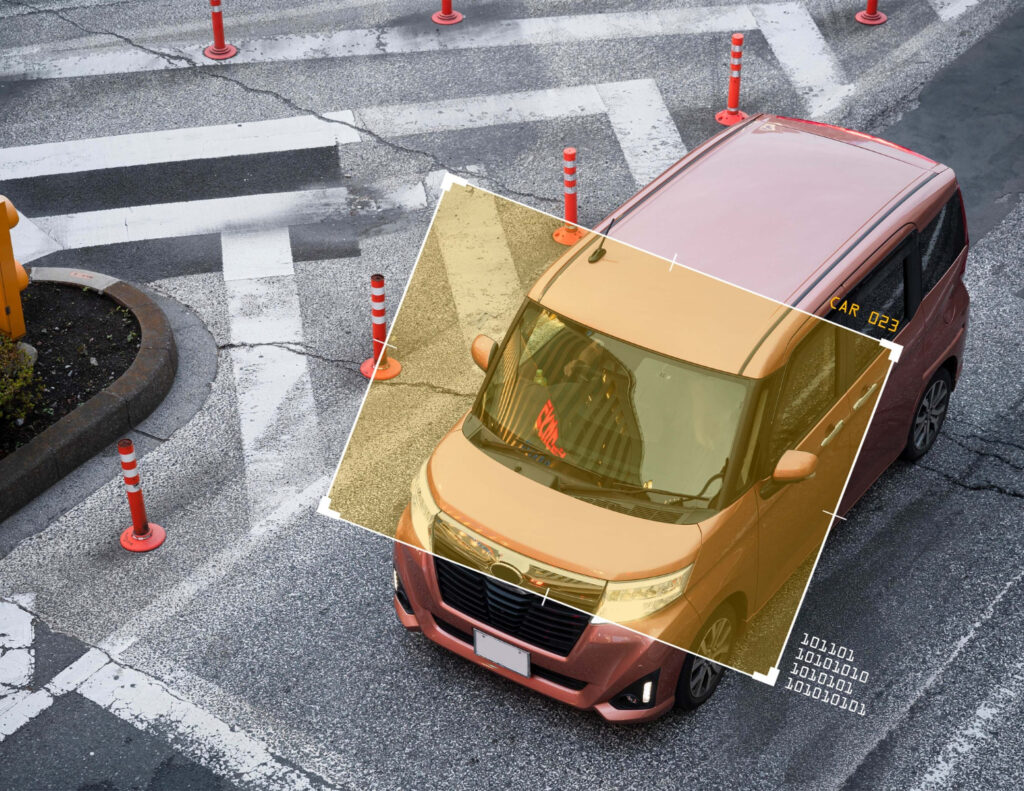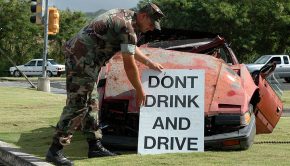How AI is Being Used to Catch Drink and Drug Drivers in 2024
Since the inception of the motor vehicle, individuals have been taking the driver’s seat and navigating the roads in the UK while influenced by alcohol and substances. This poses a threat to pedestrians, fellow road users, and those at the wheel.
Individuals who place themselves in such situations will discover the necessity for solicitors for drug driving or drink driving. Bearing this consideration in mind, how do law enforcement agencies leverage AI technology to apprehend these road users and maintain the safety of our roads and populace?
AI Powered Breathalyzers
AI-Powered Breathalyzer Technology has redefined the way alcohol-related offences are handled. Traditional breathalyzer tests, while effective, may have limitations. AI-driven breathalyzers overcome these limitations by providing more accurate and timely results.
These devices use machine learning algorithms to analyze breath samples, ensuring precise measurements of alcohol levels. This not only streamlines the testing process but also minimizes the margin of error, contributing to fair and just law enforcement practices.
Managing Behaviors on the Road
Machine Learning Algorithms for Behavioral Analysis revolutionize the approach to identifying drug-impaired driving. These algorithms analyze driving patterns, assessing factors such as lane deviation, speed fluctuations, and reaction times to detect signs of impairment.
Integration with In-Vehicle Systems takes the fight against impaired driving to the next level by incorporating AI into the very infrastructure of vehicles. These systems can monitor driver behavior in real-time, providing instant alerts to law enforcement if signs of impairment are detected.
Facial Recognition – Identifying Those with A History
In the ongoing fight against impaired driving, Facial Recognition technology adds an extra layer to the toolkit. When combined with surveillance cameras, this advanced tech scans and recognizes individuals quickly.
Used in traffic monitoring, it helps law enforcement swiftly identify drivers with a history of alcohol or drug-related offences. This proactive approach improves public safety by preventing individuals with a record of impaired driving from posing additional risks on the road.

Image by Freepik
Machine Learning
Machine Learning Algorithms for Behavioral Analysis represent a noteworthy advancement in detecting drug-impaired driving. Harnessing the capabilities of machine learning, these algorithms scrutinize different facets of a driver’s behavior, including steering patterns, speed fluctuations, and reaction times.
Deviations in these behaviors may signal potential impairment, prompting timely law enforcement intervention. This data-driven approach not only improves the precision of detection but also empowers authorities to implement preventive measures before incidents occur.
In-Vehicle Systems
Integration with In-Vehicle Systems represents the future of AI in enforcing traffic safety. By incorporating AI directly into vehicles, these systems continuously monitor driver behavior.
Real-time analysis allows for immediate detection of signs of impairment, triggering alerts to law enforcement when necessary. This proactive approach ensures a swift response to potential risks, promoting a safer driving environment.

Image by Freepik
The Future of Technology in Combatting Drink and Drug Driving
When we look at all of these AI applications for law enforcement, these technologies create a proactive and technologically advanced outlook when dealing with drug and drink drivers. The interplay of these solutions forms a robust defense against the potential dangers posed by drink and drug drivers on the roads. As we delve into the specifics of these AI applications, a clearer picture emerges of their role in not only enforcing the law but also in promoting safer roads and communities.
In conclusion, the integration of AI technologies in the fight agains drink and drug driving offences represents a pivotal advancement in law enforcement strategies. These tools not only enhance the precision of detection but also contribute to the prevention of incidents before they occur.
As we navigate the ever-evolving landscape of road safety, the symbiosis between AI and law enforcement stands as a beacon of progress, illuminating the path toward safer and more secure roads.
Cover Image by Freepik















